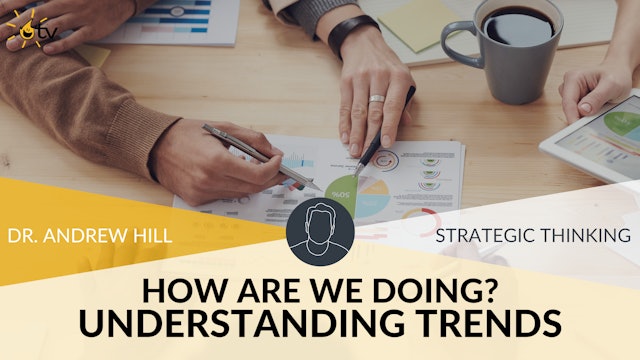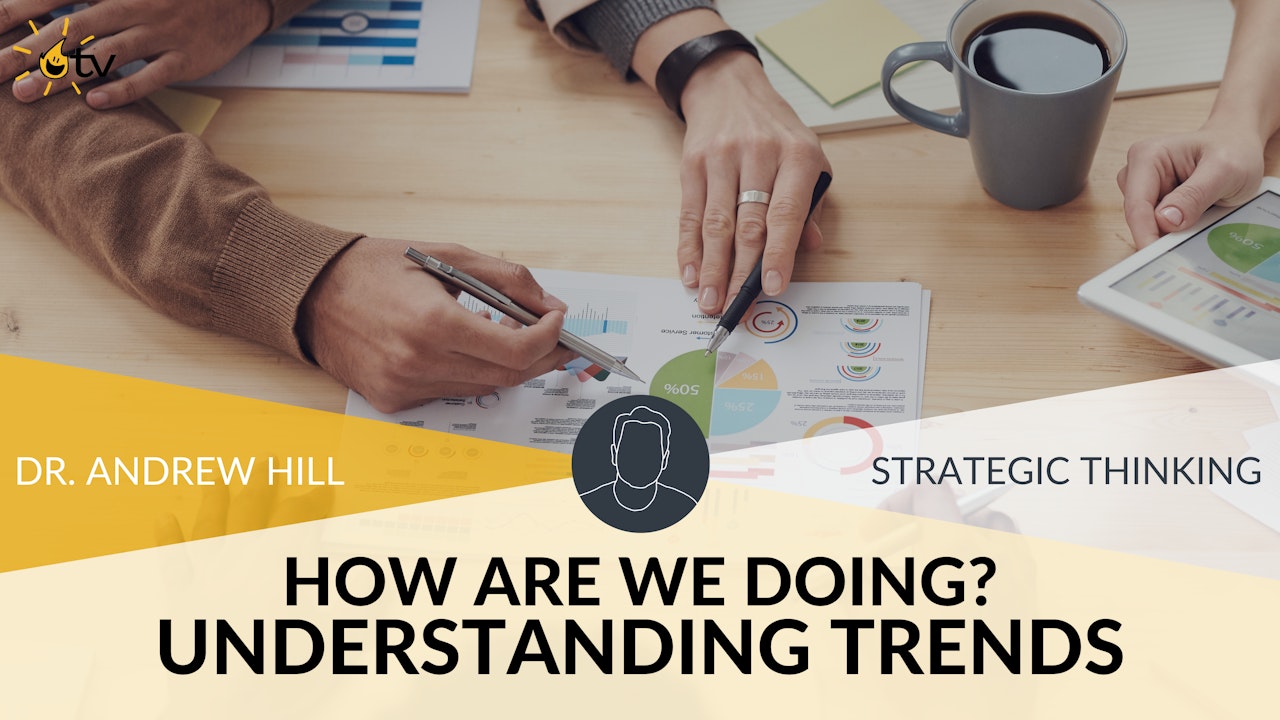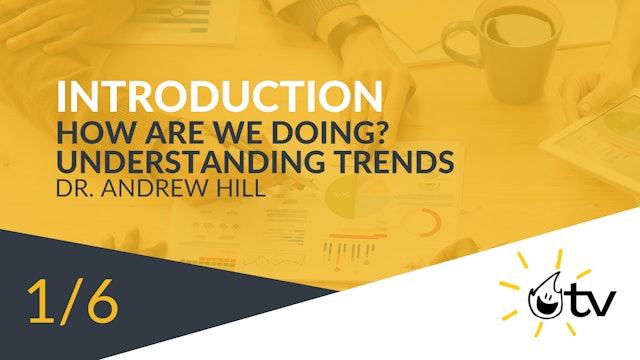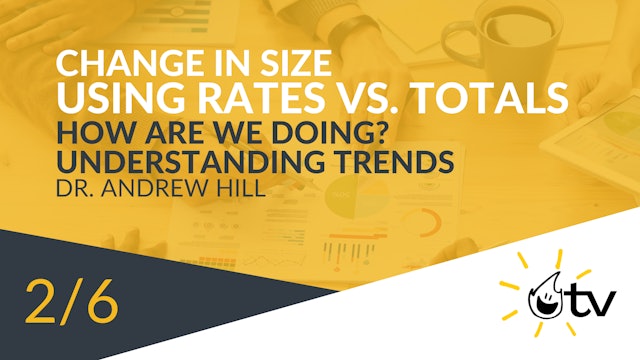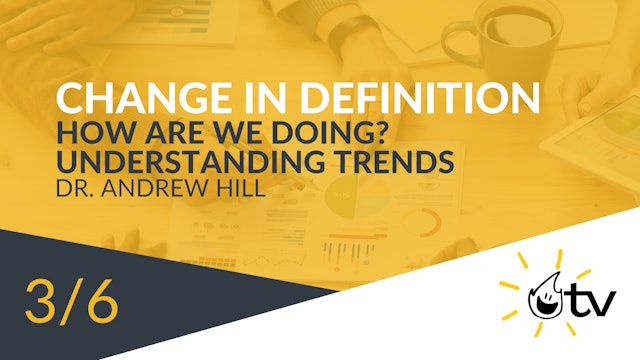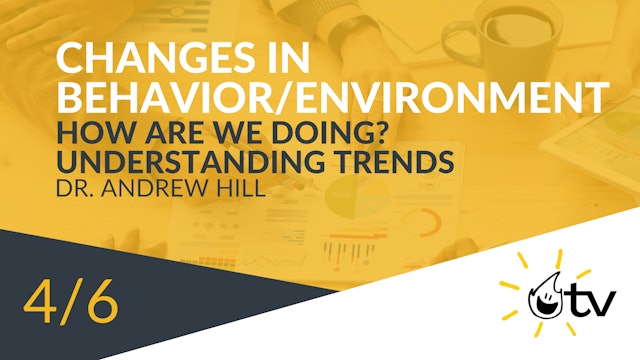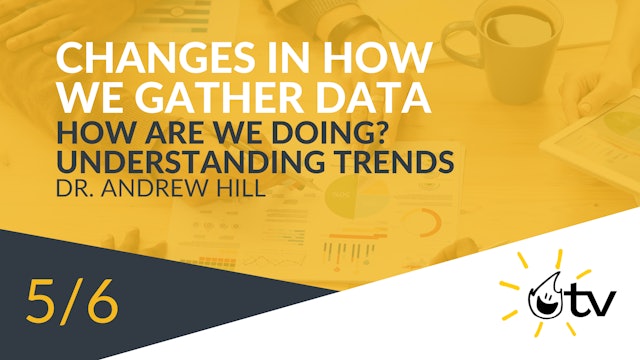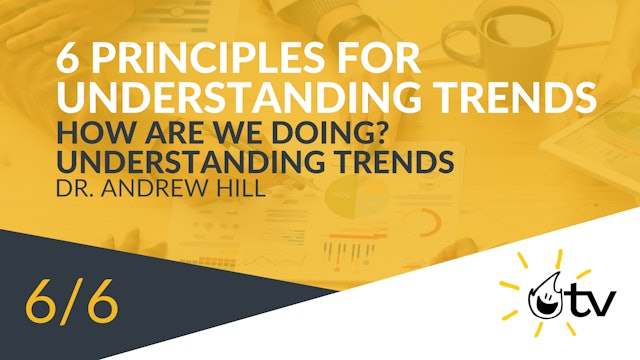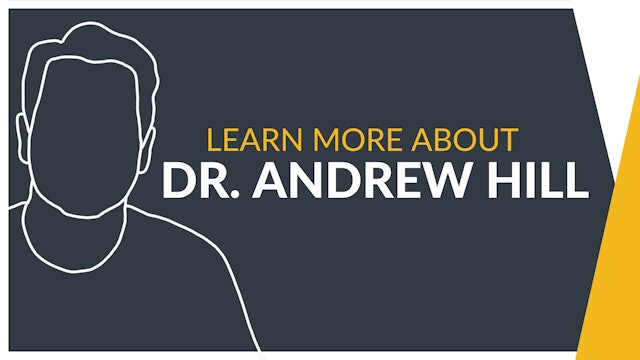"How Are We Doing?" Understanding Trends
"How are we Doing?" is one of the most fundamental questions in all of strategy. In this program, we look at ways to improve your impact (or performance) assessment skills. When we look at numbers and see change over time (up or down), it could be that the trend accurately reflects real change. But it could also be something else. We're going to dig deeper into trend analysis, looking at four alternative explanations of change over time.
-
Introduction to Understanding Trends
What explains a trend we see in the numbers? There are five explanations for numbers that show change over time and it's important to be aware of them so we don't make strategic mistakes: (1) real change, (2) changes in the population size, (3) changes in the definition of the thing we're trackin...
-
Changes in Size: Using Rates vs. Totals
When we explore trends, it's easy to mistake a change in population size for a change in something else. This is why rates are useful. Rates tell us how something is changing per unit or member of the population, which lets us control for changes in the population.
-
Change in Definition
Lots of the things that interest us have definitions that are not stable over time, especially in areas involving human behavior. When these definitions change, it can affect data on those things. Does this mean definitions should never change? No. But when they do, we should be aware of those ch...
-
Changes in Behavior/Environment
There is a difference between what is happening in the environment and what we observe in our data. Sometimes, the environment (or a behavior in it) changes in ways that affect our data and create a mistaken impression of change in the thing that really interests us. When you see a big change, co...
-
Changes in How We Gather Data
Every change in how we gather data can affect the likelihood of observing the things that interest us. A leader who knows when those changes happen will be better positioned to understand how trends may be the result (at least in part) of changes in the approach to collecting data.
-
6 Principles for Understanding Trends
If you follow the six principles presented in this lesson, you will be better at understanding trends in your data, and you will make better strategic choices based on that data.
Want to become a content partner? Check out https://www.burnbright.com/content-partners/
-
Andrew Hill Bio
745 KB
Before co-founding BurnBright, Andrew was a professor at the U.S. Army War College, where he taught senior national security professionals. As the War College's first Chair of Strategic Leadership, Andrew's research focused on connecting people, strategy, and innovation. He has a doctorate from H...

